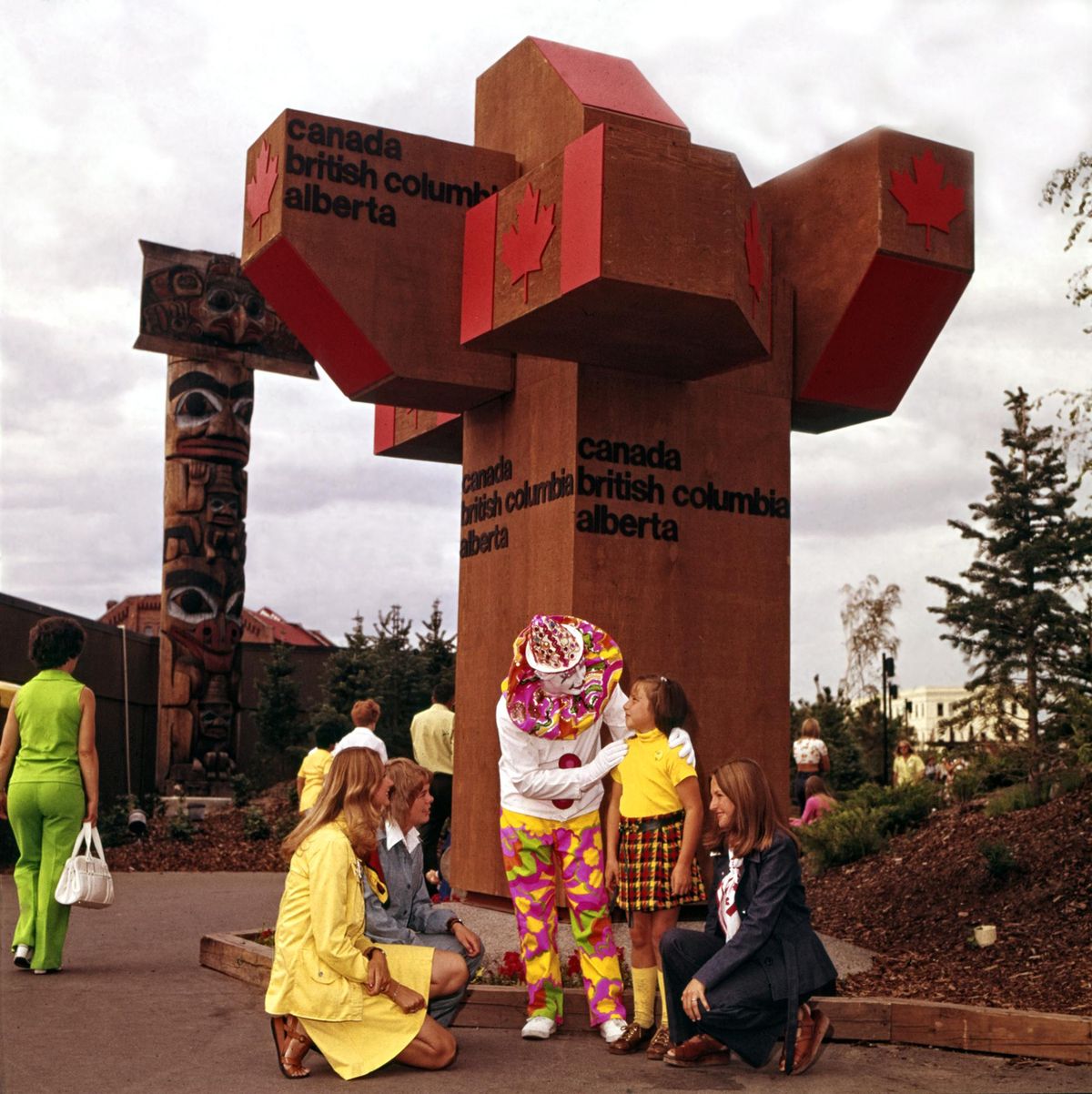Spokane Tribe given chance to rename, reimagine Canada Island in Riverfront Park

Cannon. Crystal. Canada.
Soon, the craggy, 2-acre island splitting the upper Spokane Falls will have another name, an as-yet-undecided moniker that will be selected by the Spokane Tribe of Indians.
The Canadian government, through James Hill, the consul general of Canada in Seattle, has signed off on the name change, which is expected to occur in the coming months.
“We were happy to be caretakers of the island for that period of time,” Hill said last week. “We’re equally honored to participate in a ceremony that gave it back to a First Nations people.”
Along with deciding the name, which City Councilwoman Candace Mumm said likely would be in the Salish language, the tribe will be responsible for making decisions about artwork on the island as part of the massive renovation of Riverfront Park over the next five years.
“We’re really looking to them, to see what they want,” said Fianna Dickson, spokeswoman for the Spokane Parks Department.
Jamie SiJohn, a spokeswoman for the tribe, confirmed leaders were discussing possible names for the island. The renaming was announced at a ceremony involving Spokane park officials, elected leaders, Hill and the tribe during the Gathering at the Falls Pow Wow in August.
The area near Spokane Falls, including Canada Island, was an important fishing ground for area tribes. Before the installation of dams, it was the farthest that migrating salmon could swim up the Spokane River.
The site of the city’s first water pumping facility, the island was purchased by the city in August 1972 from Crystal Laundry, which was the sole occupant of the island for 68 years. The city paid $550,000 for the island, according to news articles at the time.
The island had been known as Crystal Island, for the laundry business headquartered there for decades, as well as Cannon Island, after Spokane founder, banker and second mayor Anthony McCue Cannon. The island was home to Rolla A. Jones, designer of the city’s first upriver dam and the man who historically has borne much of the blame for the city’s catastrophic 1889 fire.
Some news accounts of the time reported Jones, the city’s water superintendent, was fishing on Lake Coeur d’Alene on Aug. 4, 1889, when the inferno began, and those left at the pumping station didn’t know how to produce the water necessary to fight the quickly spreading flames that would level much of the city. Hazel Jones, Rolla’s daughter told The Spokesman-Review in 1974 that her father had left someone else in charge that day.
Canada’s government initially was hesitant to participate in the 1974 World’s Fair in Spokane due to a lagging economy. Canadian officials eventually decided on a modest presentation at the fair: an amphitheater and playground made from recycled wood and other materials.
The island’s ties both to Canada and to native tribes dates back to Expo ’74 and beyond. The eastern totem pole, close to the Howard Street bridge, was hand-carved during the exposition by Joe David, a member of the Clayoquot tribe in British Columbia. F.T. McCullough, one of the founders of Crystal Laundry and an early Spokane businessman, was born in Quebec.
A resolution signed in March 1974 renamed the island Canada Island, and a subsequent resolution by the City Council in August of that year requires that the American and Canadian flags fly above the island “in perpetuity,” which they continue to do today.
Dickson, the parks spokeswoman, said the city is still discussing with the tribe whether the flags will remain and possibly be joined by other flags. Hill said the decision should be left to local stakeholders.
“It’s certainly not an expectation” that the Canadian flag would remain, Hill said.
After the World’s Fair, Canada Island became a popular spot for weddings and an annual Halloween scarefest, sometimes being rebranded as “Haunted Island” for the month of October. A 15-foot-tall slide that resembled a crow, built by Russel Yuritsky, was moved from the island after Expo ’74 and wound up in the driveway of Frank W. Vater, a Spokane dentist, in 1978 as a “gag” gift by some friends for his 40th birthday.
Today, you’re more likely to see parkgoers looking down at their smartphones near the totem poles and amphitheater. The island became a popular spot for players of the mobile game “Pokemon Go” this summer.
The City Council expects to receive a name suggestion from the tribe in the coming weeks, when they would rescind the resolution naming the island for Canada and pass a resolution to adopt the tribe’s name, Mumm said.
Canada Island’s name change follows a resolution from the City Council renaming Columbus Day to Indigenous Peoples’ Day last month, and the naming of the plaza next to City Hall in 2014 as “The Gathering Place,” honoring the historic trading location of the Spokane Tribe.
Hill applauded Spokane’s efforts honoring the native history of the region, saying they aligned with the government of Canada under new Prime Minister Justin Trudeau.
“We have a very strong commitment, especially in our new government, to revisiting some decisions that made sense at the time but they don’t necessarily make sense now,” Hill said.